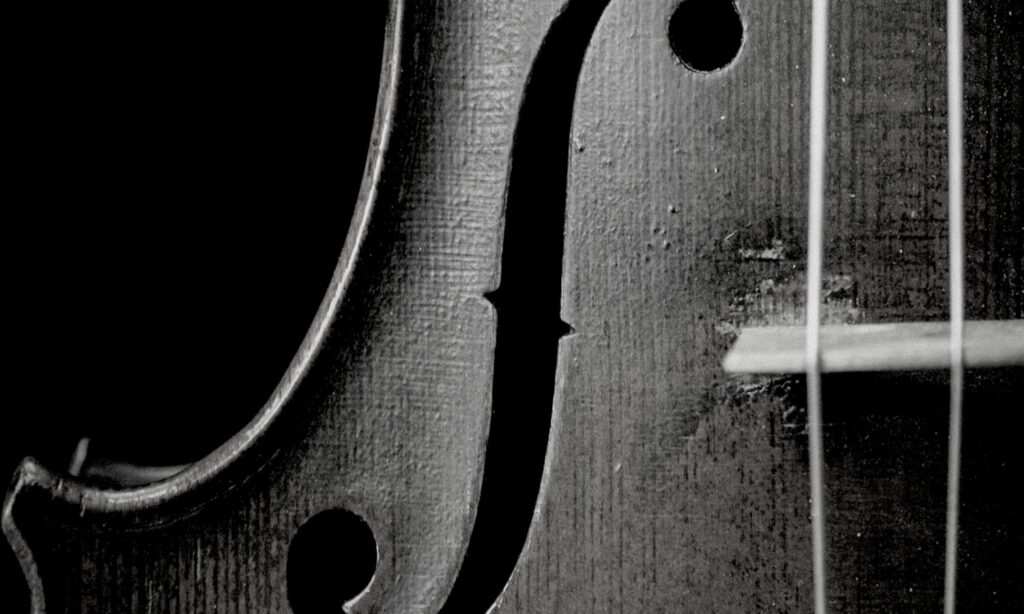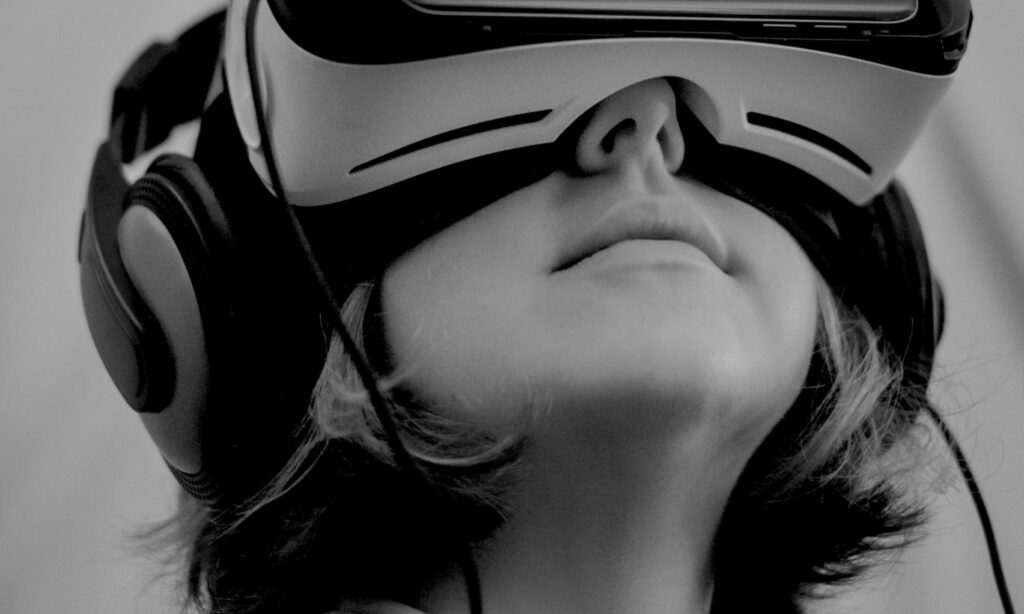Music is the medicine of the mind.
John A. Logan
When we are young, some of us are fortunate to be encouraged to learn how to play a musical instrument. Some of us are drawn to the guitar, others to the piano or saxophone. At 13 years of age, for me I was drawn to the Cello.
A member of the violin family with four strings and standing about 50 inches, I am not sure what it was that attracted me to it. Perhaps it is its deep mellow sound, the elegant bow, or its presence when being played. I knew it wasn’t the ease with which I could carry it to and from school.
When I started to play the Cello, my teacher told me that I was late in age to start. “You have a lot of catching up to do to understand the language of music,” she said to me. “Every Good Boy Deserves Fruit” I used to recite over and over again in my head on my way home in the car as I visualized the notes we’d just played.
It didn’t matter. For a reason that still escapes me, I have great difficulty reading music. I could play a song nearly perfectly by ear, but when I had to play off a sheet of music the symbols for pitch, duration, and timing, swam together. This, my teacher discovered when I was moved to the next level. After a few years of struggling, I gave up the Cello, but never my love of the music.

The third article Jim Jacoby, Jim Cohen and I discussed during our Design in the Moment podcast was an article about mind-controlled computing going open source. Called Open Brain-Computer Interfaces, or OpenBCI it is a versatile and affordable EEG platform that gives you access to high-quality, raw EEG data. Electroencephalography (EEG) is all about measuring the teeny-tiny electrical signals that our brains make when we do things. It is a technique for recording these brain signals.
A team of researchers and engineers who have been working on this technology that reads your brain activity and displays it in graphical terms decided to share it openly. Their hope is that this will advance the technology’s development and reach.
The developers cite many, medical and quality-of-life uses for the technology, from people with paralysis to mental health conditions, like depression and anxiety to helping children learn how to self-regulate to counter ADHD. What further excited me as I read was the potential insight the technology could provide designers and developers and also its value to the artist in visualizing our brain activity during the creative process.
All my adult life, I have wanted to know more about how the mind works when we are at our most creative.

This kind of technology is often financially out of the reach of many artists. The step to open-source it, and start a Kickstarter campaign to fund it, I thought was ingenious. Not only would this mean the technology could be available to other networks of developers, designers, and HCI researchers; but it could also be made accessible to the creative and cultural arts to assist artist development and to possibly artistically experiment with it.
If ever there is a question about the human mind I think many of those in design and education would like to explore, it is our understanding of creativity. What could technology tell us about the brain patterns of artists in the midst of their work? How do they think when they become immersed at the moment? How does their brain activity differ from someone who is just learning or who is not an artist?
A study done by researchers from Imperial College London and Charing Cross Hospital over ten years ago using similar technology, a process known as neurofeedback, discovered they could help musicians improve their musical performances by an average of up to 17 percent. The research published in Neuroreport shows that students at London’s Royal College of Music were able to improve their performance across a number of areas including their musical understanding and imagination, and their communication with the audience.
The research and technology are there. We have just never given the public access to it, until now.
Could it provide government funding agencies with the necessary evidence of the human impact of the arts in order to expand art and music programs in our public schools? What if a teacher or child could watch a graphical display of brain activity across a screen recorded while they played an instrument, as I did the Cello, or as they painted, wrote, and performed? Could this information helps us understand more about the complexities of creativity and the conditions in our learning institutions that we need to create to foster it?
Could this information helps us understand more about the complexities of creativity and the conditions in our learning institutions that we need to create, nurture and foster it?
Maybe the brain technology of today could have helped me learn to read music and play the Cello differently. Or maybe the child inside me today, it could have inspired me to keep playing.
